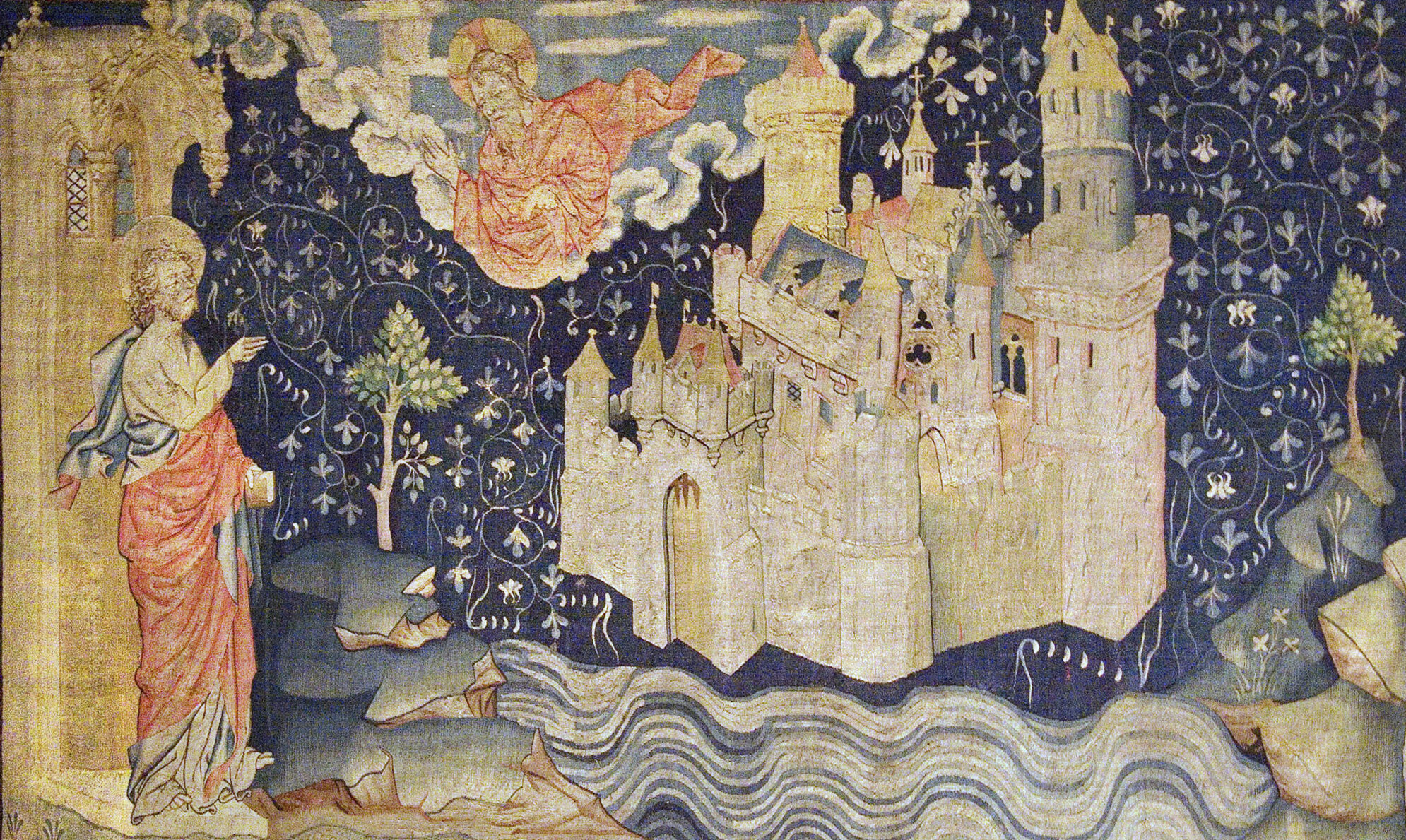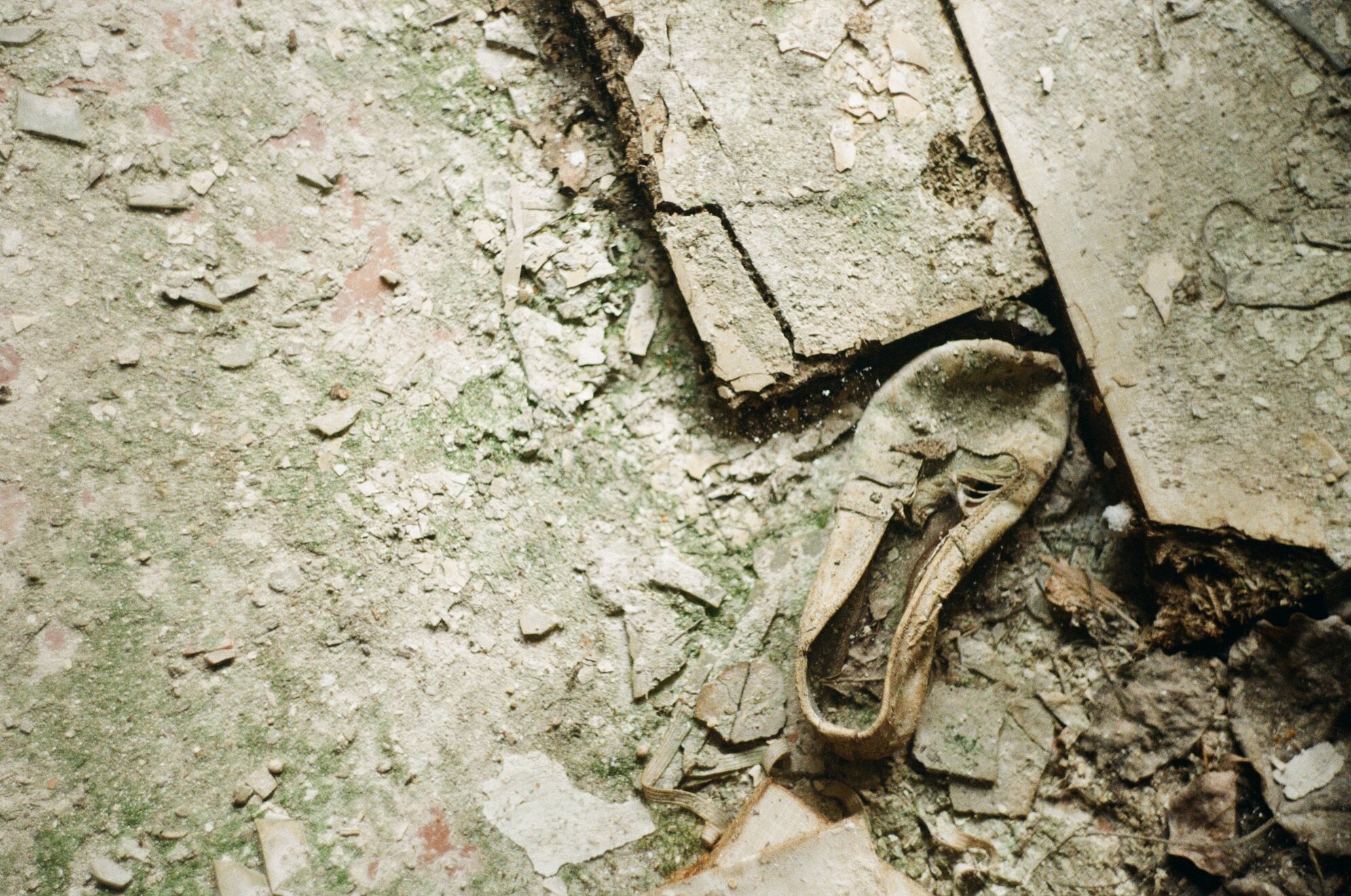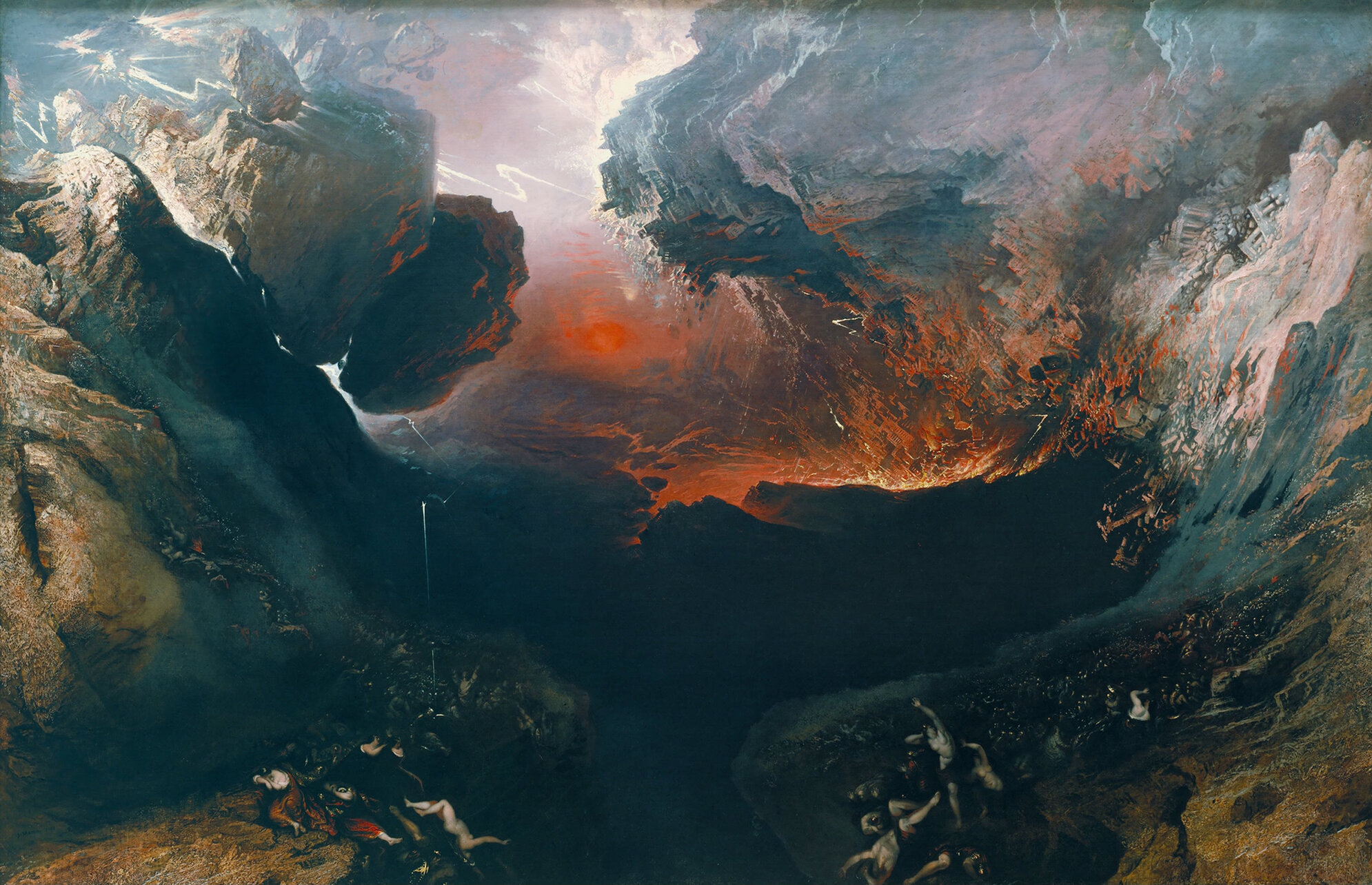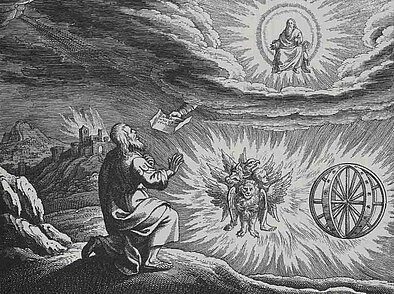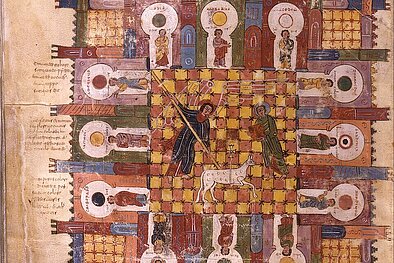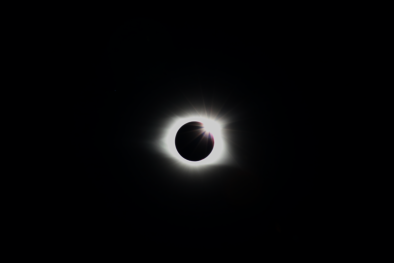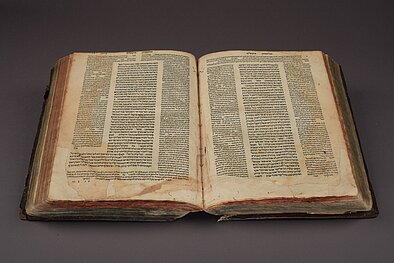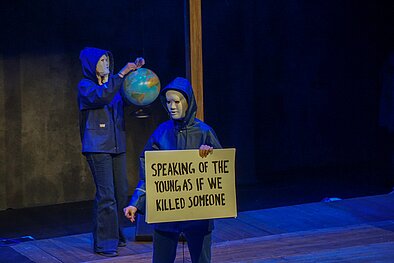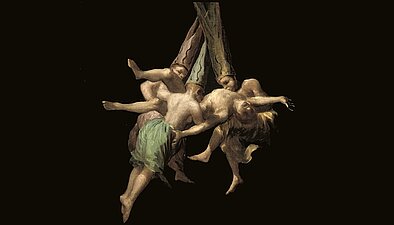At the End of the World: A Transdisciplinary Approach to the Apocalyptic Imaginary in the Past and Present
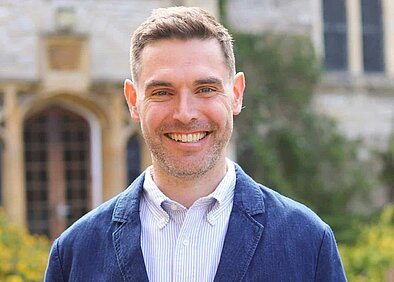
Newly Published Article by Jayne Svenungsson: Political Theologies at the End of the World
Jayne Svenungsson's article “Political Theologies at the End of the World,” in which she engages with Tommy Lynch's political theology, has now been published in Eco-ethica. You can download it here.
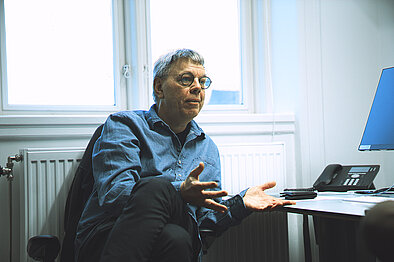
Interview with Patrik Fridlund about the Eurabia conspiracy theory
Patrik Fridlund was interviewed for an article in Göteborgs-Posten about the relationship of conspiracy theories to recent policy decisions by Swedish right-wing politicians.

Interview with Tobias Hägerland and Cecilia Wassén about their book Jesus the Apocalyptic Prophet
Tobias Hägerland and Cecilia Wassén were interviewed about Jesus the Apocalyptic Prophet (T&T Clark, 2021) by Pistis Productions for the podcast Bereano 17:11 [See Acts 17:10–11], which you can view or listen to on YouTube.
Image Credits
John Martin. The Great Day of His Wrath. Painting (oil on canvas), c. 1851.
Dasha Urvachova. Kid's shoe at kindergarden in Chernobyl. Photograph, 2020.
Unknown artist. The Celestial Jerusalem, detail. Tapestry from Château d'Angers, 14th century.

